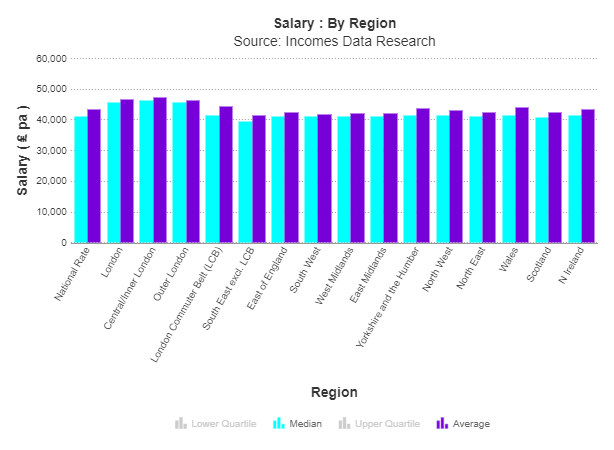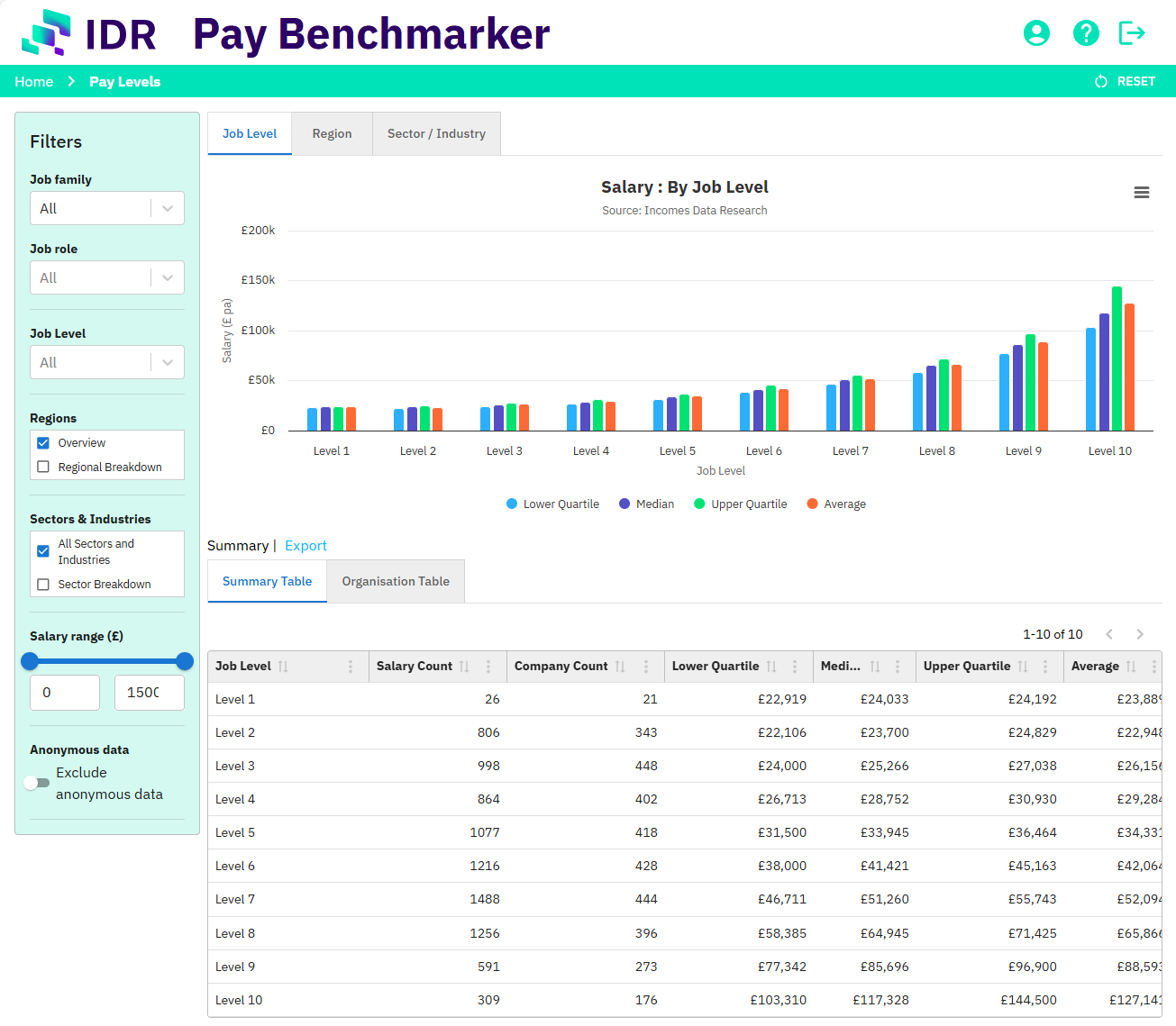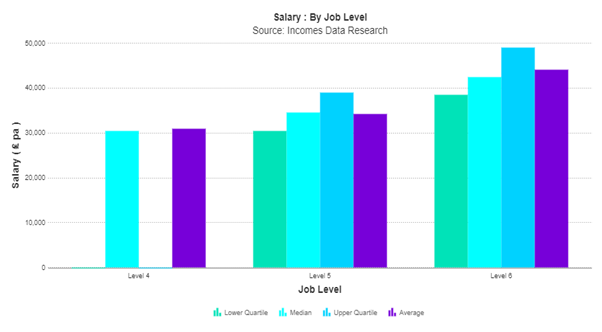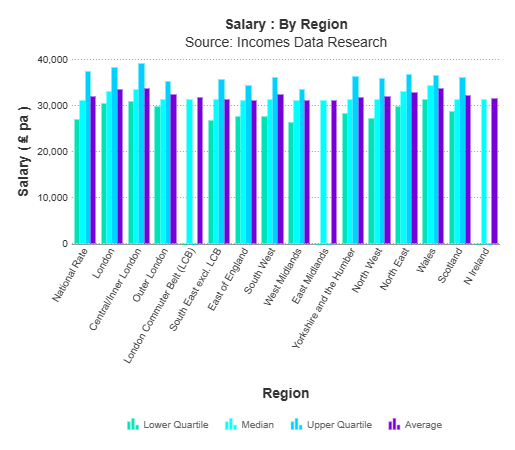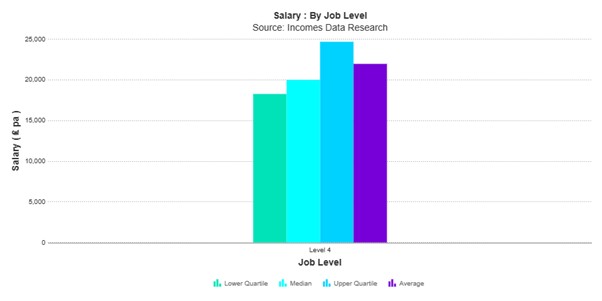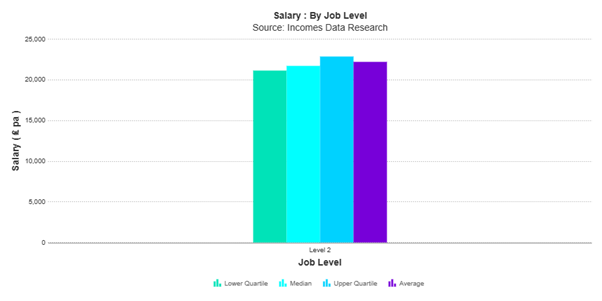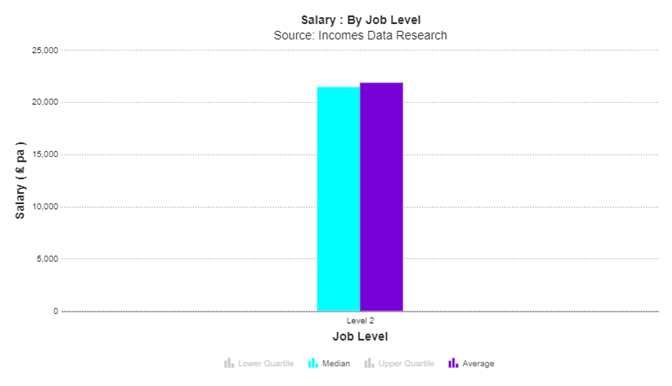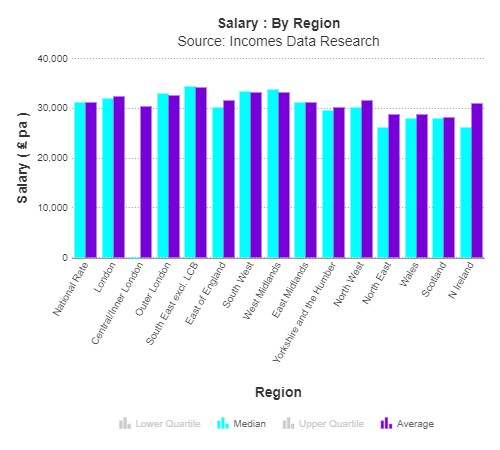The labour market for facilities managers is a highly active one and organisations that employ staff in this role should ensure that starting and incumbent salaries compare favourably to external benchmarks, to assist with recruitment, retention and motivation.
Facilities managers are often employed by firms with large offices, in educational establishments and within the leisure industry. Their main role is to oversee the maintenance and operations of buildings and grounds which requires them to negotiate with contractors and suppliers. They supervise the cleaning, maintenance and security departments to ensure that basic facilities are maintained and buildings and codes are kept compliant.
Facilities managers are expected to hold relevant qualifications: for example, a Level 5 certificate in Facilities Management and Logistics Operations or a Level 5 Advanced Diploma in Procurement and Supply. Apprenticeships for facilities management roles enable trainees to gain the relevant skills and experience as previous experience in a management role is often required, along with a full driving licence as the role can involve the postholder working in different locations.
According to the latest data in IDR Pay Benchmarker, 85% of salaries are for posts at either IDR Job Level 5 (provides specialist services involving applied knowledge of internal systems and procedures), IDR Job Level 6 (manages a section or operates with self-contained expertise in a specialist discipline) or IDR Job Level 7 (experienced and qualified professional providing expertise and advice). The median salaries for these IDR Job Levels are £32,232, £40,319 and £47,217 respectively.
Pay for facilities managers by IDR Job Level
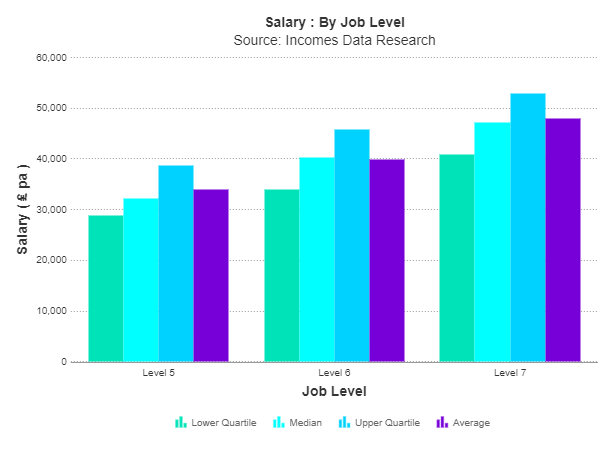
According to IDR Pay Benchmarker, the whole UK economy median salary for facilities managers is £39,000. Employers in private services make up 19% of the sample and they offer the highest salaries with a median of £49,379. This is followed by the manufacturing and primary sector at £46,500, the public sector at £38,592 and the not-for-profit sector with a median salary of £34,000.
Pay for facilities managers by sector
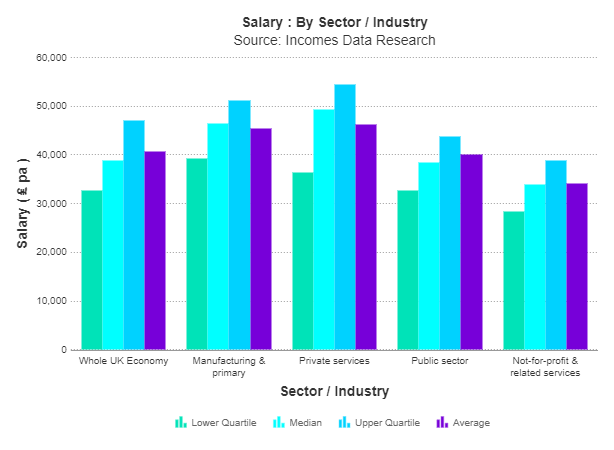
The median national rate for facilities managers (which excludes location premiums) is £41,310. This is equivalent to an hourly rate of £21.13, based on a 37.5-hour week. The median for London is £46,000, a premium of around 11% on the typical national rate.
Pay for facilities managers by region
